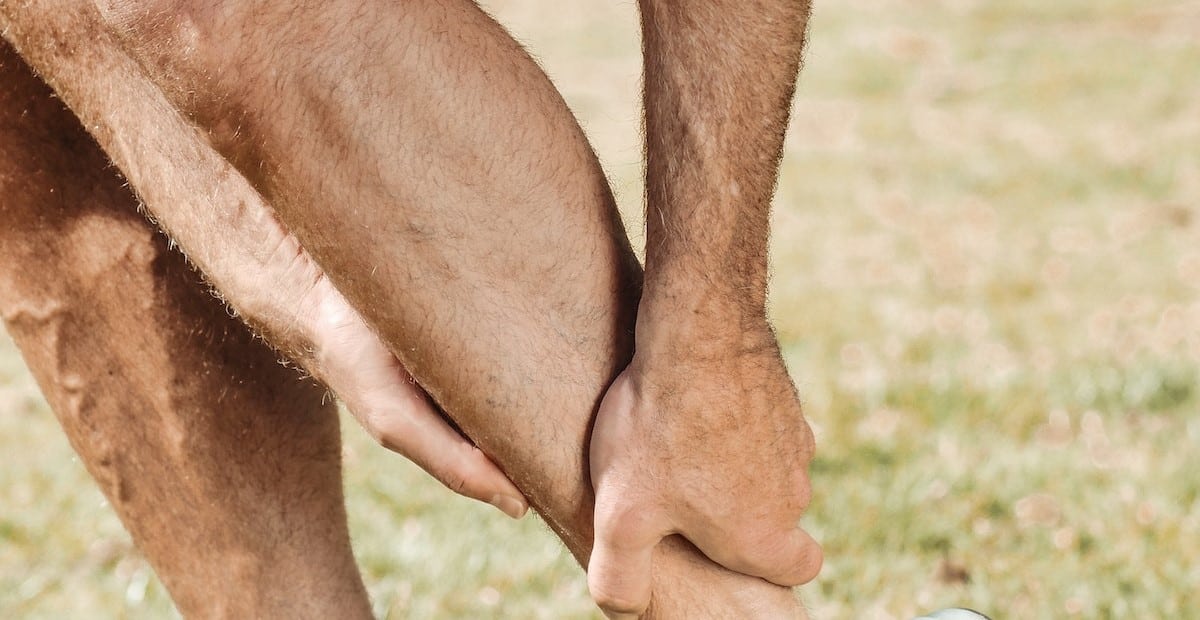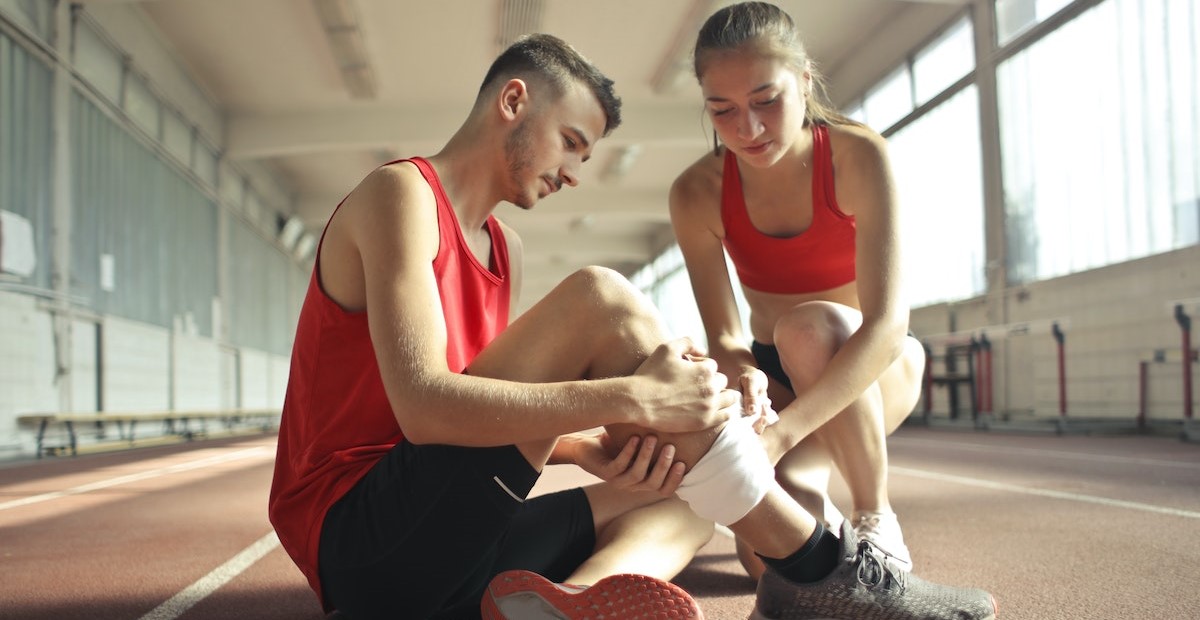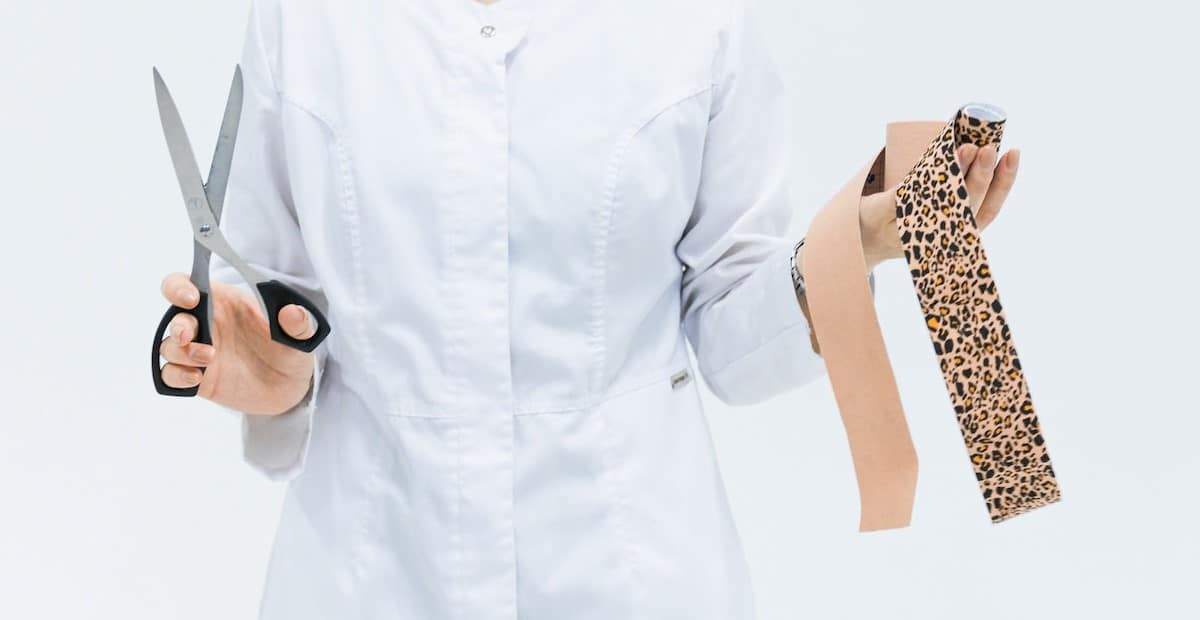
Contents
From medial tibial stress syndrome to a lower leg stress fracture, shin splints start with a lack of knowledge
In marketing, we often talk about pain points. When it comes to shin splints, the term can be taken a little more literally. If you suffer from shin splints (a term used to describe pain in the front of the lower legs due to heavy physical activity), then you have to ask yourself a few questions – what am I doing wrong and what do I need to do to fix them?
Thankfully, unlike those dreaded long-distance runs, you don’t have to go far to find the answers. The answers you need to prevent shin splints, shin pain, and other symptoms of shin splints are right here in this article.
So, before you take another step outside take a quick scroll through here, and find all that you need for preventing shin splints/developing shin splints. Lety’s rid yourself of show-stopping pains, get you back on track and harness the power of knowledge first.
Let’s do it.



What are shin splints?
While it may be easy to recognise one, the feeling or the sensation, or even understand one from a logical perspective it’s important to really understand what they are. Healthline puts it like this –
”Shin splints are a common overuse injury. They can occur from running or doing other high-impact activities for extended periods of time or without adequate stretching. They are common in:
- runners
- military recruits
- dancers
- athletes who play sports like tennis”
Treatment
When it comes to shin bone issues, flat feet-related body pain, or stress fractures there’s a method that can help. In fact, this method is so good when used with the right exercise routine it’s considered a bit of must-do.
The RICE method – Rest, Ice, Compression, and Elevation. Here it is below but with more detail thrown in.
Just check out this passage from the Cleveland Clinic to understand its remedying powers.
- Rest: Take a break from sports, running, and other activities to give your muscles and bones a chance to recover.
- Ice: Apply a cold compress to your shins every 10 to 20 minutes, three to four times a day, for a few days.
- Pain relievers: Over-the-counter nonsteroidal anti-inflammatory drugs (NSAIDs) can ease pain and swelling.
- Supplements: Vitamin D3 supplement (1000 to 2000 IU daily) may help. Discuss supplements with your doctor.
- Slow increase in activity level: When you do become active again, start slowly.
- Supportive shoes and shoe inserts: For people who have flat feet, shoe inserts (orthotics) can be effective at relieving the pain of shin splints.
- Physical therapy: Therapy can be helpful, especially with assistance returning to running.
Conclusion
This is just one of the methods you can take to relieve shin splint pain. When your shin splints occur, with shin splints diagnosed properly, it can be a bit of a shock to the system – even though it feels minor the symptoms can have massive effects on your running routines. Do the right thing and get rid of your shin splints, now.
FAQs
What are muscle and bone tissue?
A tendon is a fibrous connective tissue which attaches muscle to bone. Tendons may also attach muscles to structures such as the eyeball.